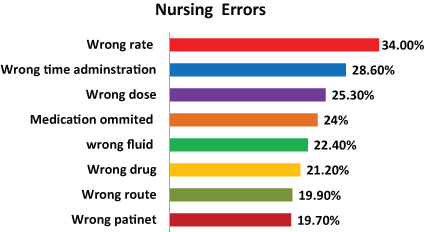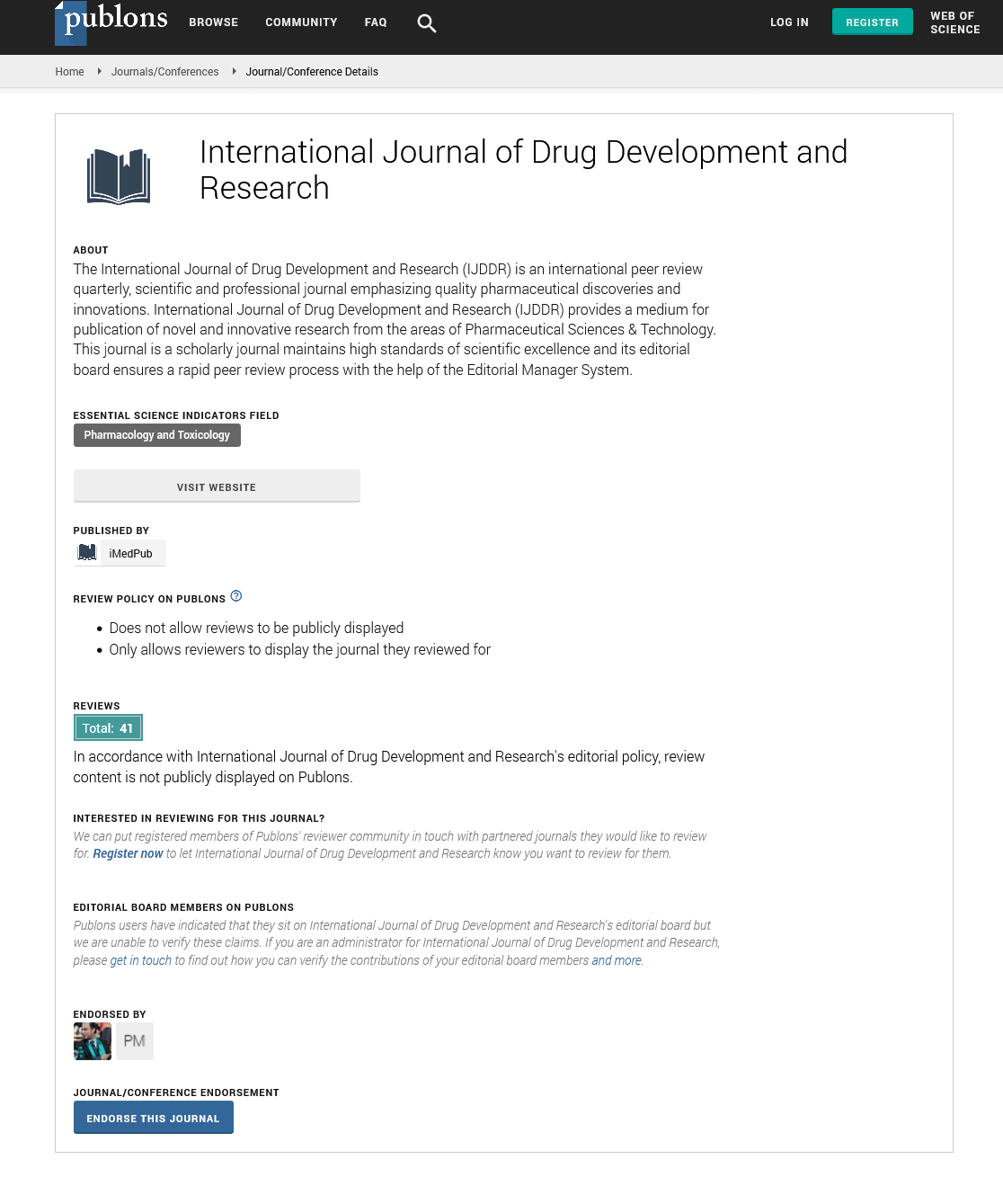Keywords
|
| Medication errors; Systematic review; Prescribing errors; Nursing errors; Pharmacist errors |
Introduction
|
| Drug use is a complex process and there are many drug related challenges at various levels, involving doctors, pharmacists, nurses and patients. Medication misadventure can occur anywhere in the health care system and many errors are preventable and pharmacists have an active role in the appropriate use of drugs [1]. |
| Medication errors are a common cause for iatrogenic adverse events. They can lead to severe morbidity, prolonged hospitals stay, unnecessary diagnostic tests, unnecessary treatments and death [1,2]. A medication error is an episode associated with the use of medication that should be preventable through effective control systems [1,2]. Adverse events and medical errors are an inevitable reality of health care. They are the serious problems in pediatrics as well as in adult medicine [3,4]. In 1999, IOM report on quality of health care, To Err Is Human: Building a Safer Health System called for a more systematic approach to medical errors and out lined the importance of identifying and learning from errors through mandatory and voluntary reporting system [1-15]. Medication errors have a huge impact on health care system, patients and payers alike. It compromises the confidence of patients on health care system [16]. |
Methods
|
|
Search strategy
|
| A systematic review of literature relating to MEs in prescribing, transcribing, dispensing, administration and documentation in adults and children. The following electronic databases were searched: Embase, Pubmed, EBSCO, Scopus, the British Nursing Index and the Cumulative Index to Nursing & Allied Health Literature. The search strategy included all ages, all languages, and all types of trials and studies. |
|
Search terms
|
| The following keywords were used as search terms: medication error(s), prescribing error(s), dispensing error(s), administration error(s), documentation error(s), transcribing error(s), medication mistake(s), drug mistake(s), prescribing mistake(s), dispensing mistake(s), administration mistake(s), transcribing mistake(s), wrong medication(s), wrong drug(s), wrong dose(s), wrong route of administration(s), wrong calculation(s), physician(s), pharmacist(s) and nurse(s). |
|
Review procedure
|
| From previous systematic reviews of MEs, studies have been found to be heterogeneous, as they were conducted in different countries used different definitions and different methods to collect data. For this reason we did not try to analyze the data from a statistical viewpoint, but the results are summarized according to the type of MEs. |
|
Inclusion/exclusion criteria
|
| We included all types of studies, i.e., randomized controlled trials, non-randomized controlled trials, longitudinal studies, cohort or casecontrol studies, and descriptive studies that reported the incidence of medication errors or identified the causes of MEs, either in adults or children. |
Results and Discussion
|
| The aim of this systematic review was to review studies of the incidence and types of MEs in and to identify the main contributory factors involved. MEs are an important variable in determining patient safety (Figures 1-3). This literature review has shown that the scientific literature on MEs published in various journals. Many studies focused mainly on adult patients. Prescribing errors many differences were found with regard to how the studies obtained and reported data. Most of the studies in Middle Eastern countries evaluated MEs during the prescribing stage. The reported incidence of prescribing errors in this review ranged from 7.1% to 68.2% (Figure 1) of medication orders. A high rate of prescribing errors is known to be an international problem. |
| In a previous systematic review conducted in the UK to identify the prevalence, incidence and nature of prescribing errors in hospital inpatients, prescribing errors were found to be a common occurrence and this is consistent with our findings. The reported incidence of nursing errors in this review ranged from 19% to 34% (Figure 2) of medication orders. Although some studies classified the transcribing stage as the third most important area in the medication treatment process, identified the transcribing stage as the area in which most errors occur. The reported incidence of Pharmacist errors in this review ranged from 2.29% to 25% (Figure 3) of dispensing orders [16-19]. |
| Educational programmes for drug prescribers and nurses concerning drug therapy are urgently needed to avoid drug errors and to improve patient safety by clinical pharmacists and clinical pharmacologists. Different studies have found that clinical pharmacists play a significant role in delivering training and competency assessment. Limitation of this review some limitations of this review should be considered in interpreting the results. The search strategy and search terms were designed in order to be as comprehensive as possible, but the databases used were directly biased to English language research and studies. We therefore may have missed some studies because the original languages of the included countries of the articles are not English [20-44]. |
Conclusion
|
| All healthcare professionals have a responsibility in identifying contributing factors to medication errors and to use that information to further reduce their occurrence. As the systematic review to describe MEs, this review aimed to find out which scientific literature has reported on or evaluated MEs. Although the studies related to MEs were relatively few in number, there was a wide variation between studies in the error rates reported, and this may due to the variations in their definitions of medication errors, settings, the denominators and methodologies used. Most of the studies were conducted on adult patients, while very few MEs studies have been performed in pediatric hospitals. Many studies focused on prescribing errors and factors contributing to MEs. Our findings highlighted that poor knowledge of medicines was a contributory factor in both prescribers and nurses administering drugs. Developing countries urgently need to introduce educational programmes to improve prescribing skills and knowledge of prescribers, and to encourage nurses to improve their quality of drug administration. |
Suggested Recommendations
|
| According to the review results, the following recommendations are suggested to allow decision-makers to improve medication safety and reduce MEs: |
| • Increase the awareness of MEs of health care professionals. |
| • Prescribers need to pay more attention to drug dosing. |
| • Improve medication error reporting systems and policy among Organization by removing barriers, clarifying the importance of reporting and encouraging health care professionals to report medication errors. |
| • Clinical consequences of MEs should be assessed and evaluated in future studies. |
| • Carry out regular intensive educational and training programmes in pharmacotherapy for undergraduate medical and paramedical students. |
| • Educational programmes by clinical pharmacists and clinical pharmacologists on drug therapy are urgently needed for doctors and nurses. |
Figures at a glance
|
 |
 |
 |
| Figure 1 |
Figure 2 |
Figure 3 |
|
| |









